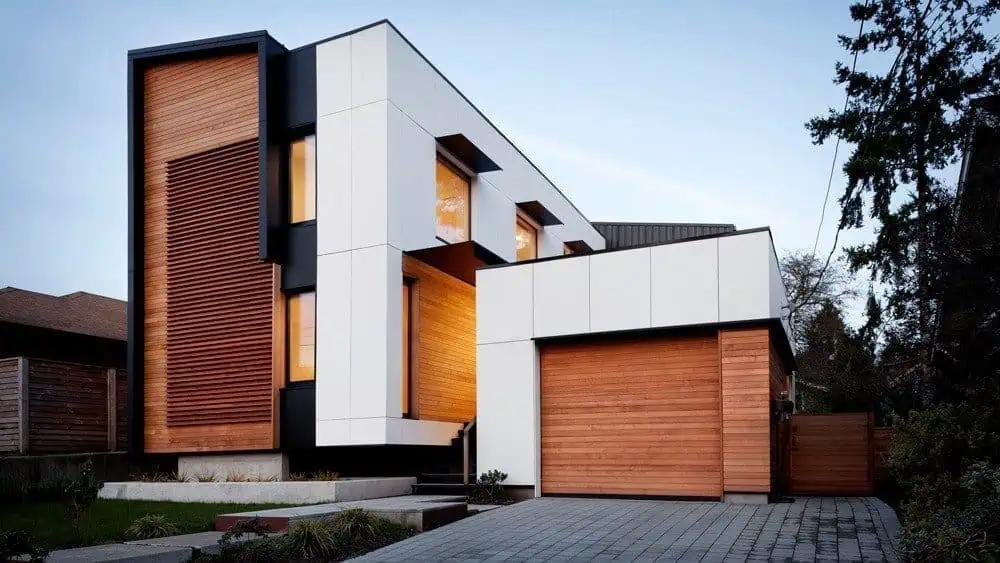In the ever-evolving landscape of short-term rentals, understanding the needs and experiences of your guests is crucial. One effective way to gain this understanding is through the use of an Airbnb guest feedback form. This form not only helps in gathering valuable insights but also enhances your relationship with guests, ensuring a seamless experience for both parties.
Whether you are a homeowner looking to optimize your rental space or a real estate developer aiming to improve your properties’ appeal, leveraging guest feedback can significantly impact your success. Let’s dive into the details of how to effectively use an Airbnb guest feedback form.

Why Is Guest Feedback Important?
Feedback from guests is a treasure trove of information. It provides insights into what you are doing right and highlights areas for improvement. For homeowners and real estate developers alike, continuous improvement is key to staying competitive in the market.
Enhancing Guest Experience
By analyzing feedback, you can identify common issues or requests from guests. This allows you to make targeted improvements, enhancing the guest experience. For example, if multiple guests mention the need for better Wi-Fi, it’s a sign to upgrade your internet service.
Building Trust and Credibility
Responding to feedback and making necessary changes shows that you value your guests’ opinions. This builds trust and credibility, encouraging repeat bookings and positive reviews.
How to Create an Effective Airbnb Guest Feedback Form
Creating an effective feedback form involves asking the right questions and making it accessible to guests. Here are some tips to help you get started:
Keep It Simple and Concise
Your feedback form should be easy to fill out. Avoid overwhelming guests with too many questions. Focus on key areas such as cleanliness, communication, and overall satisfaction.
Use a Mix of Question Types
Incorporate a variety of question types, such as multiple-choice, rating scales, and open-ended questions. This allows guests to provide both quantitative and qualitative feedback.
Timing Is Key
Send the feedback form shortly after your guests’ stay, while their experience is still fresh in their minds. This increases the likelihood of receiving detailed and accurate responses.
Analyzing and Utilizing Guest Feedback
Once you have collected feedback, the next step is to analyze and use it effectively. Here’s how:
Identify Patterns and Trends
Look for patterns in the feedback. Are there recurring themes or issues? Identifying these trends can help you prioritize which areas need immediate attention.
Implement Changes
Use the insights gained from guest feedback to make informed decisions. Implement changes that address common concerns and enhance the overall guest experience.
Communicate with Guests
Let your guests know that their feedback has been heard and acted upon. This can be done through follow-up emails or updates on your listing. Communicating your commitment to improvement fosters a positive relationship with guests.
Tools to Help Manage Guest Feedback
Managing guest feedback can be a daunting task, especially for those with multiple properties. Fortunately, there are tools available to streamline the process:
Feedback Management Software
Consider using feedback management software to automate the collection and analysis of guest feedback. These tools provide valuable insights and help you stay organized.
CRM Systems
Customer Relationship Management (CRM) systems can help you track guest interactions and maintain a database of feedback. This is especially useful for real estate developers managing multiple properties.
Case Study: Success Through Guest Feedback
Let’s look at a practical example of how guest feedback can lead to success. A real estate developer in a popular tourist destination used guest feedback to improve their properties. They identified a common issue with noise levels and implemented soundproofing measures. As a result, they saw an increase in positive reviews and bookings.
Lesson Learned
This case study highlights the importance of listening to guests and making data-driven decisions. By addressing guest concerns, you can improve your property’s desirability and profitability.
Conclusion
An Airbnb guest feedback form is a powerful tool for homeowners and real estate developers. It provides valuable insights that can drive improvements, enhance guest experiences, and ultimately lead to greater success in the short-term rental market.
By creating a simple and effective feedback form, analyzing the responses, and implementing necessary changes, you can build trust with your guests and stand out in a competitive market. Embrace guest feedback as a catalyst for growth and watch your rental business thrive.

FAQs
What is the best time to send a feedback form to guests?
The ideal time to send a feedback form is shortly after the guests’ stay, while their experience is still fresh in their minds. This increases the likelihood of receiving detailed and accurate responses.
How can I encourage guests to fill out the feedback form?
Make the form easy to access and fill out. You can also offer incentives, such as a discount on their next stay, to encourage participation.
What should I do with negative feedback?
Negative feedback should be seen as an opportunity for improvement. Address the issues raised, communicate with the guest, and implement necessary changes to prevent future occurrences.
For more insights on optimizing your short-term rental, visit Guesty Blog and learn how to maintain cleanliness in your rental.
For additional tips on managing your Airbnb, check out long-term guest tips, streaming rules, and noise policy template to enhance your guest experience.
This article contains affiliate links. We may earn a commission at no extra cost to you.



